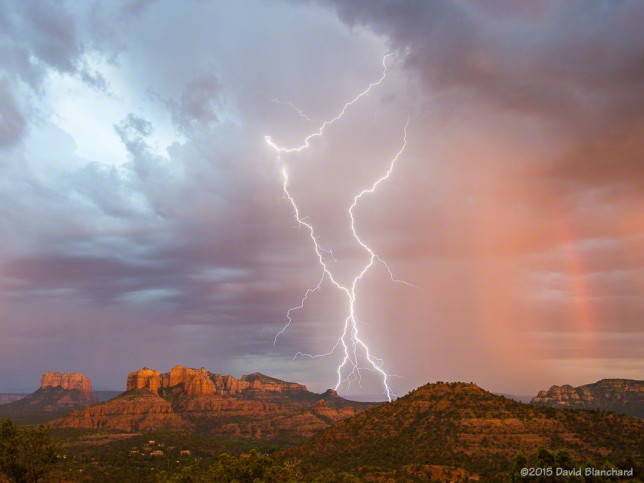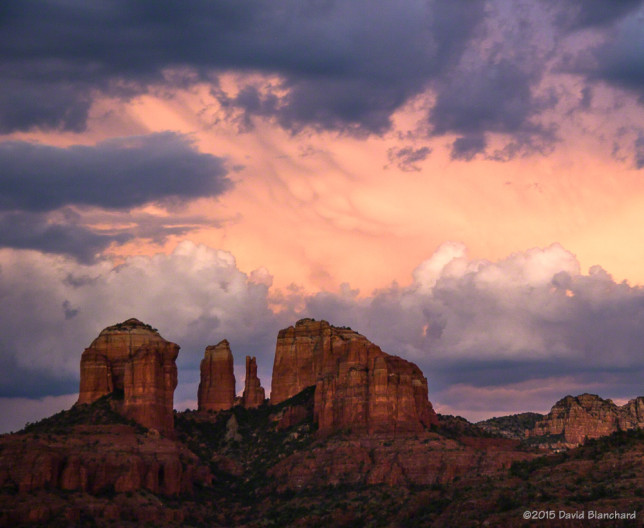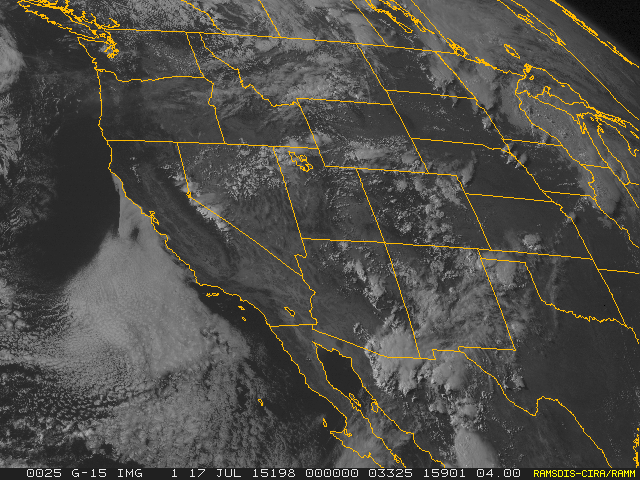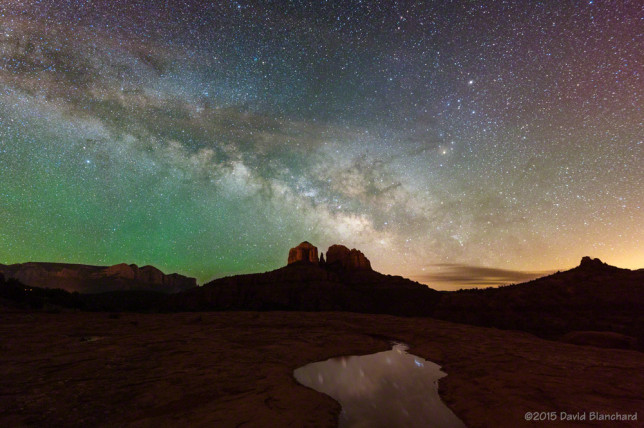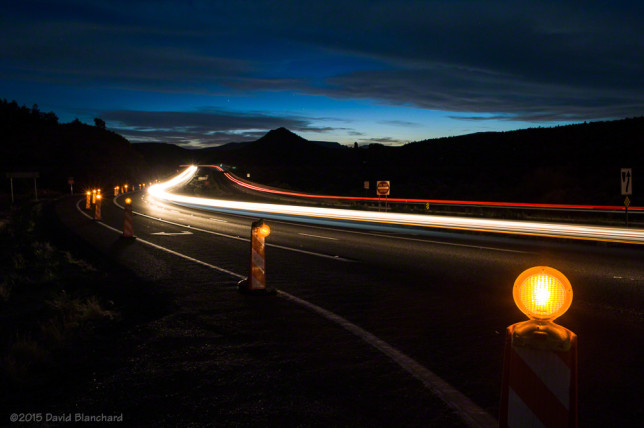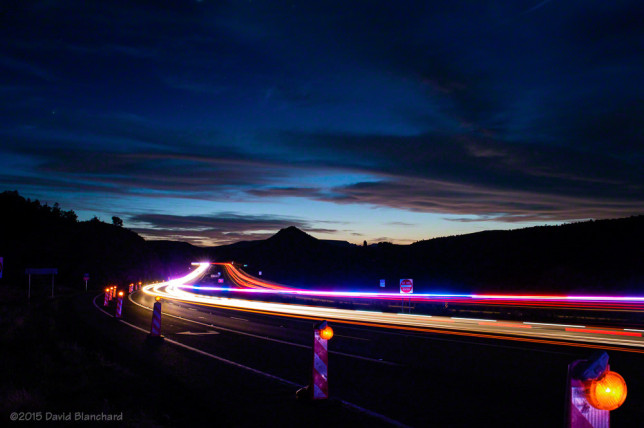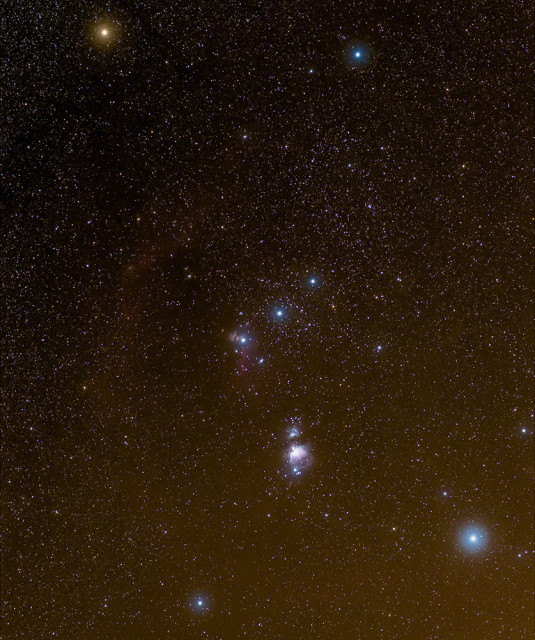The weather situation was shaping up to produce a few late afternoon and early evening thunderstorms in northern Arizona—with a good chance some of these would be in the Sedona area. Shooting lighting there is always fun as there are many fantastic rock formations that can be part of the foreground.
With that in mind, we took a quick drive down to Sedona and set up at the Cultural Park on the west side of town. This location affords excellent views from the west through north and includes the Cockscomb rock formation. Thunderstorms were developing to our west and moving to the northeast so it was just a matter of being patient. The first storm slowly moved away but not before producing some bolts with the Cockscomb and Bear Mountain as a backdrop.
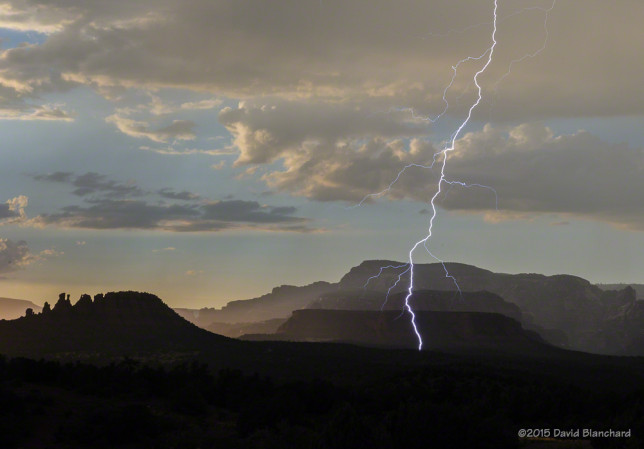
Additional thunderstorms began to develop.
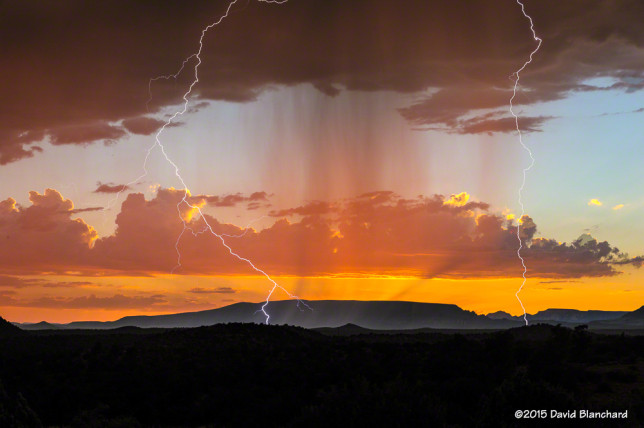
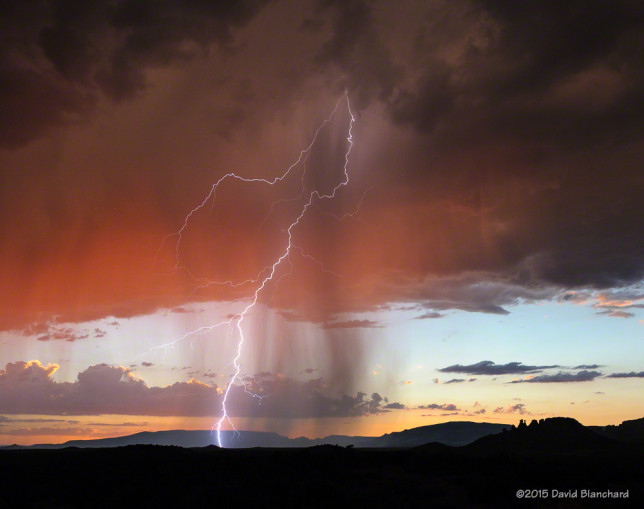
As the sun dropped below the distant mountains the lightning show began in earnest with brilliant bolts juxtaposed with sunset colors. It was amazing. But it didn’t last long as the sunset colors quickly faded.
Edit: Fixed typo.


